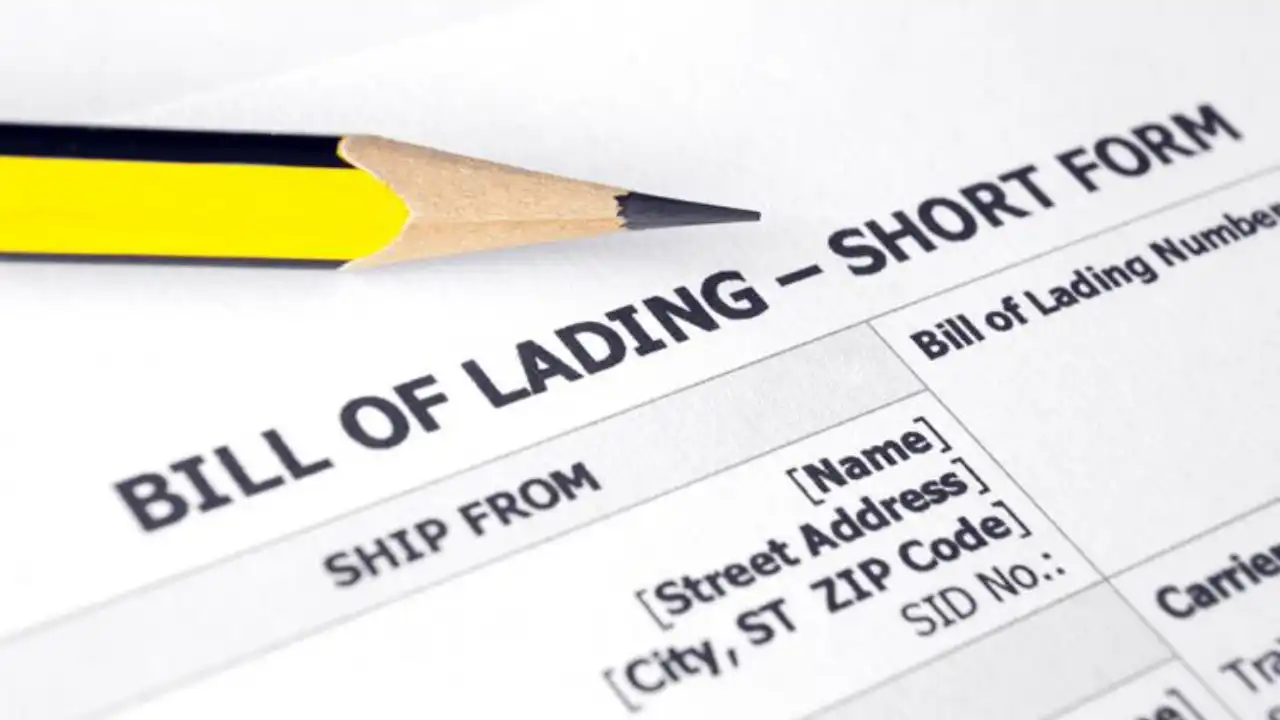In the realm of logistics and international trade, the Bill of Lading (BOL) is an indispensable document. It is not just a piece of paper; it forms the backbone of the shipping process, guaranteeing that goods are transported effectively from point A to point B while providing crucial legal protection for all parties involved. Customs authorities rely on the BOL to verify shipment details, making it essential for ensuring efficient customs clearance.

Understanding the importance of the BOL is vital for anyone operating in the shipping industry. Efficient customs clearance. Understanding the importance of the BOL is vital for anyone operating in the shipping industry.
Whether you are a veteran in the logistics industry or just stepping into this dynamic field, these insightful articles will guide you through the essential aspects of the Bill of Lading. You’ll discover its critical purpose, explore the various types that exist, delve into its fundamental components, and understand how it is adapting to the ever-evolving landscape of the digital age.
What is a Bill of Lading?
The Bill of Lading is a legally binding document issued by a carrier to a shipper. It serves three main purposes:
- Evidence of a Contract of Carriage: The Bill of Lading formalizes the agreement between the shipper and the carrier, detailing the terms and conditions under which the goods will be transported. It serves as a written record of the carrier’s commitment to deliver the shipment.
- Receipt for Goods: The BOL acts as a receipt, confirming that the carrier has received the goods in good condition and as described by the shipper.
- Document of Title: In certain situations, the Bill of Lading serves as a document of title, granting the consignee the legal right to claim ownership of the goods. This function is especially critical in international trade, where goods change hands multiple times before reaching their final destination.
Why is the Bill of Lading Important?
The Bill of Lading (BOL) is a cornerstone of global trade and logistics, serving as a legally binding document issued by a carrier to a shipper. Its importance extends far beyond a simple piece of paper, playing a vital role in ensuring smooth and efficient shipping processes. Here’s a closer look at the significance of the Bill of Lading and its three primary purposes:
- Legal Protection: The BOL serves as a legally binding document that clearly defines the terms and conditions of the shipment between the shipper and carrier. It protects both parties by minimizing misunderstandings and provides legal recourse in case of disputes or breaches of contract.
- Facilitates Smooth Transportation: By documenting all essential shipment details such as the type, quantity, and destination of goods the BOL ensures accuracy and reduces logistical errors. It streamlines the shipping process and prevents costly mistakes due to unclear or incomplete documentation.
- Customs Compliance: The BOL acts as a vital document for customs clearance, ensuring that goods meet regulatory requirements for import and export. It helps avoid delays caused by non-compliance and Simplifies border crossings by providing necessary shipment details to authorities.
- Dispute Resolution: In cases where goods are damaged, lost, or delayed, the BOL provides irrefutable evidence of the shipment’s original condition and agreed terms. It protects the interests of shippers and carriers alike and streamlines the claims process for quicker resolution.
How to Handle a Bill of Lading Correctly
To avoid shipping delays or disputes, handling the BOL with care is crucial. Here are some best practices:
- Verify All Details: Double-check that the BOL contains accurate and complete information about the shipment.
- Keep Copies: Ensure that all parties have copies of the BOL for reference.
- Address Discrepancies Immediately: If there are any issues, such as damage or incorrect details, address them with the carrier promptly.
- Secure Documentation: Treat the BOL as a legal document and store it securely.
Challenges and Solutions in Using a Bill of Lading
Despite its importance, the Bill of Lading isn’t without challenges. Here are some common issues and how to address them:
- Incomplete Information: Ensure all required fields are filled out correctly to avoid shipment delays.
- Lost Documents: Transitioning to eBOLs can help mitigate the risk of losing physical documents.
- Fraudulent Activities: Work with trusted carriers and partners, and use secure systems to prevent document tampering.
The Bill of Lading is far more than just a piece of paper; it’s the backbone of logistics and trade. By understanding its functions, types, and best practices, businesses can ensure smoother operations and better protection in their shipping processes. For more information about BOL, read our other articles Types of Bill of Lading and Components of it. Follow our latest blogs to stay update!
A Bill of Lading is a legal document between a shipper and a carrier that details the type, quantity, and destination of goods being shipped. It serves as a receipt, a contract of carriage, and a document of title
It’s crucial because it proves ownership of the goods, acts as a receipt for the shipment, and outlines the terms of the shipping agreement, ensuring a smooth transfer of goods.
A Bill of Lading typically includes details like the shipper’s and receiver’s information, a description of the goods, the origin and destination, the carrier’s details, and the terms of transport.





